BAGHDAD - Army engineers from earth moving (EM) platoon, Company A, 46th Engineer Combat Battalion (Heavy), and the 6th Iraqi Army (IA), executed their first joint route sanitation mission just a few days after the new year and the institution of the new Security Agreement which puts Iraqis in the lead of all projects being conducted in Iraq. While deployed, the 46th ECB (H) is attached to the 926th Engineer Brigade, Multi-National Division-Baghdad.
Route sanitation is a process where engineers use heavy equipment to clear debris from key locations to deny enemy forces the ability to conceal improvised explosive devices.
Before hitting the streets for the joint mission, the IA engineers had to train-up on the different heavy engineer equipment in the U.S. engineer company. The IA engineers had prior experience operating a 13-ton version of the bulldozer, but needed a familiarization course on the larger type. These classes were conducted at Muthana Airfield in downtown Baghdad. There, the engineers quickly picked up the basic concepts of route sanitation with very little effort.
"The Iraqi Soldiers were quite eager to learn and operate the dozer to properly complete a route sanitation mission," stated Pfc. Mario Quinones, heavy equipment operator, and a native of Penuelas, Puerto Rico. "They asked a lot of questions and took the initiative to learn; they're real good operators."
The course consisted of rough ditching and spreading, moving large piles of rubble and abandoned vehicles, cutting and building a gentle slope, and performing finish work. All of these techniques had to be completed safely before heading out on their actual mission.
"The enthusiasm showed by the Iraqi Soldiers was obvious from the moment we started training," stated Sgt. Stacy Kirby, heavy equipment operator, and a native of Jacksonville, Ala. "They were excited about getting into the bulldozers and moving some dirt."
The final task to complete before the actual work began was to correctly drive the 25-ton bulldozer onto a 40-ton trailer. Within minutes of watching Quinones demonstrate the maneuver, the Iraqi engineers were able to drive the dozer onto the trailer and chain it down.
The following day the joint team, with an addition of 10 Soldiers from 46th ECB (H), linked up with the 2-14th Cav., 2nd Brigade, 25th Infantry Division, the primary security force for the mission, and began conducting sanitation missions on the roads of Baghdad.
After jobsite security was established Sgt. Ervina Miller, non-commissioned officer in charge of the mission, and a native of Tallahassee, Fla., coordinated with the Arabic interpreter on the dozer work that needed to be accomplished.
Within minutes, large plumes of black smoke filled the air as the Iraqi engineers fired up the dozers and began attacking the 300 foot stretch of concrete rubble and heavy debris. The Iraqi dozer team began to push large piles of rubble -- in some places, over five feet high, off the route clearing over 90 percent of the route in less than five hours.
Two bulldozers, a bucket loader, a 20-ton dump truck, radios and hand signals helped the teams perform operations efficiently and quickly.
Spc. Leobardo Antonio, a heavy equipment operator, and native of Phoenix, Ariz., said he enjoyed working alongside the Iraqi engineers.
"The [Iraqi engineers] worked hard, they worked fast, and they worked long," stated Antonio. "We all enjoyed working with them and look forward to future missions."
The route sanitation mission continued for another two days and the joint team worked more than 20 hours to clear over 7,200 cubic feet of concrete rubble and debris off the roads of Baghdad.
"After the training was complete, the Iraqi Army engineer commander invited us to sit and eat local Iraqi food," stated Kirby. "They were glad to have us there and we were happy to be there. The hospitality has been outstanding."
The Iraqi Soldiers provided man-power and newly learned expertise to successfully execute the route sanitation mission, and also were instrumental in augmenting the site security.
"Everyone was delighted with the work the 6th IA engineers did," stated Miller. "They pretty much operated on their own and they were fast, but safe. The Iraqis showed that they are ready to take the lead not only in securing their country, but performing other essential operations, such as route sanitation to stop the roadside bomb threats out there."
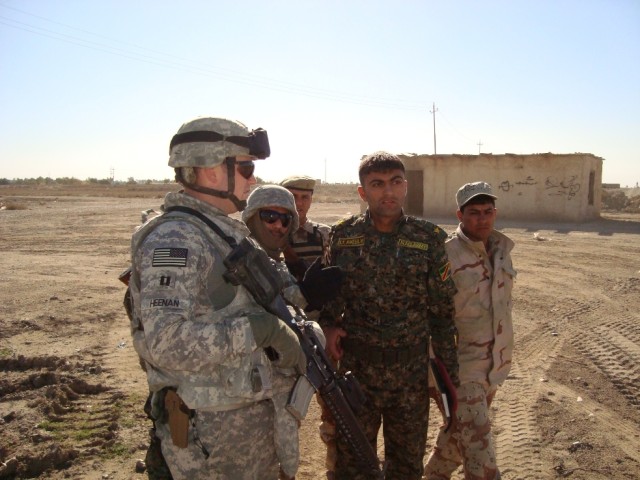
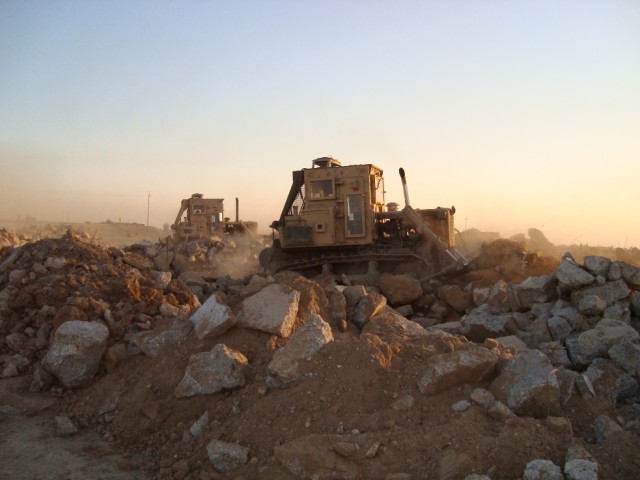
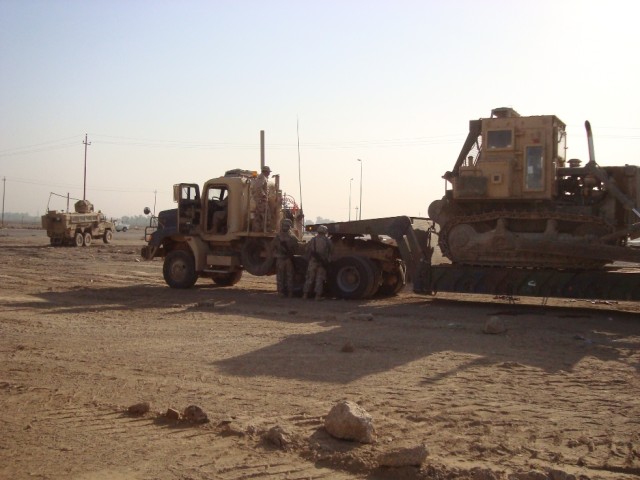
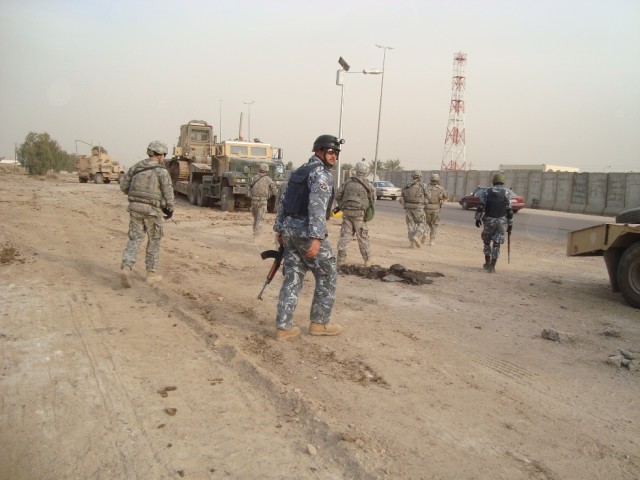
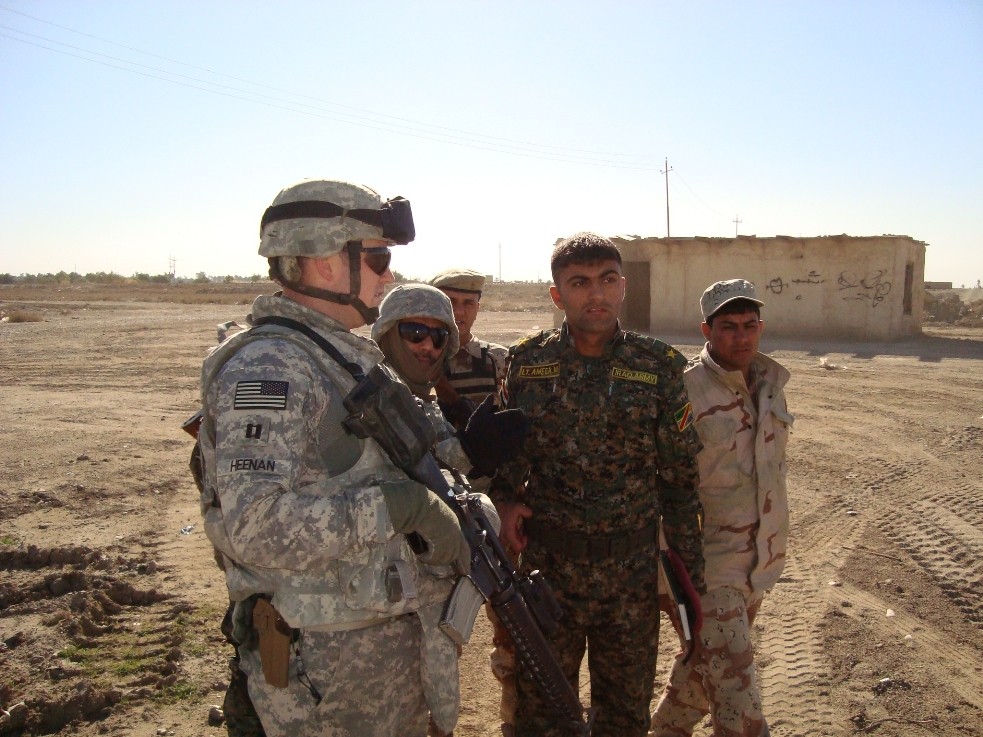
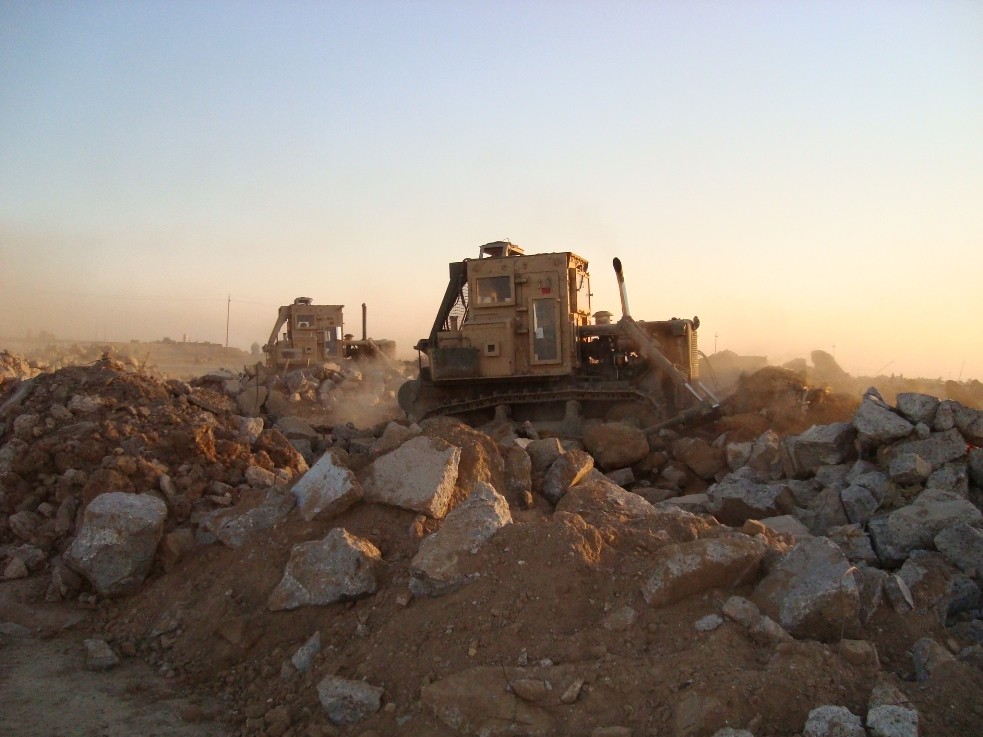
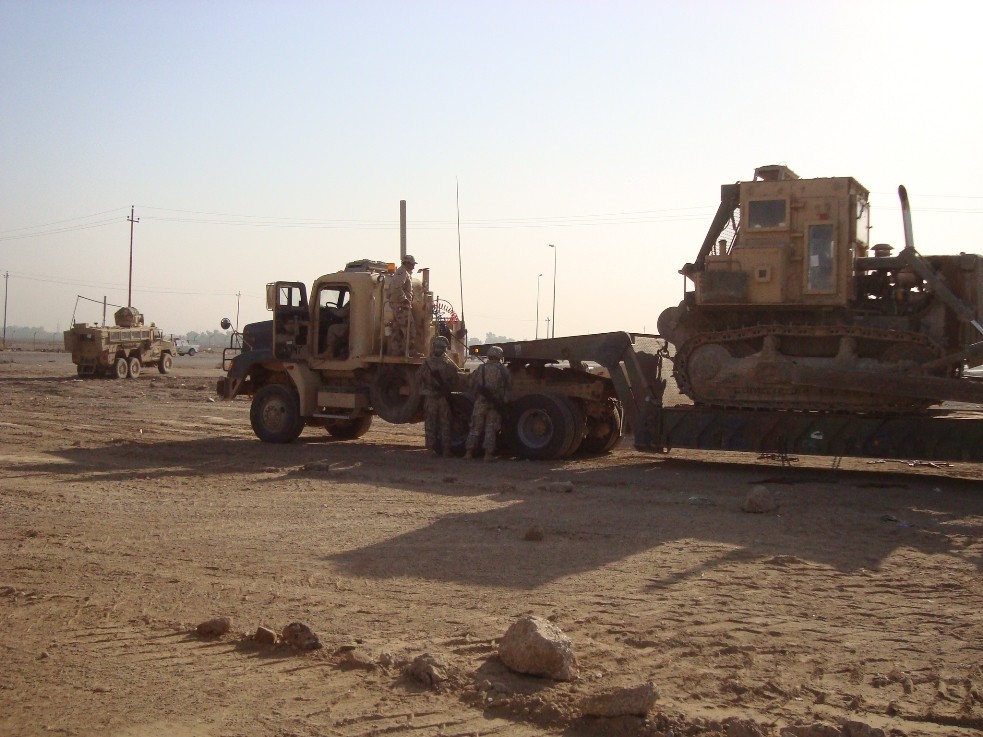
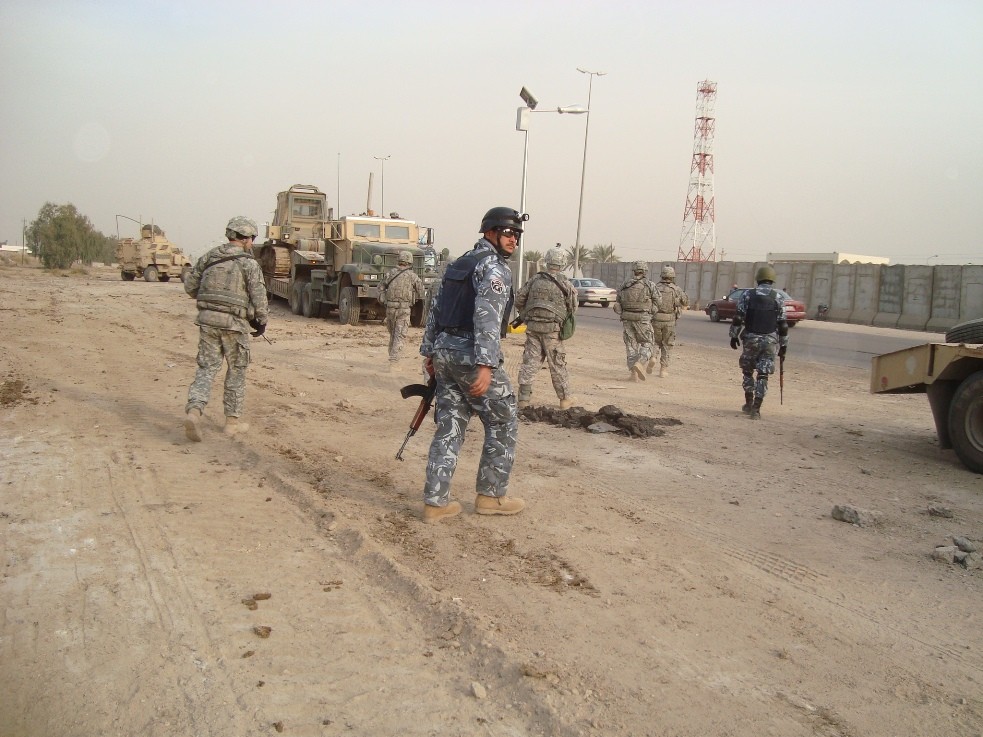
Social Sharing